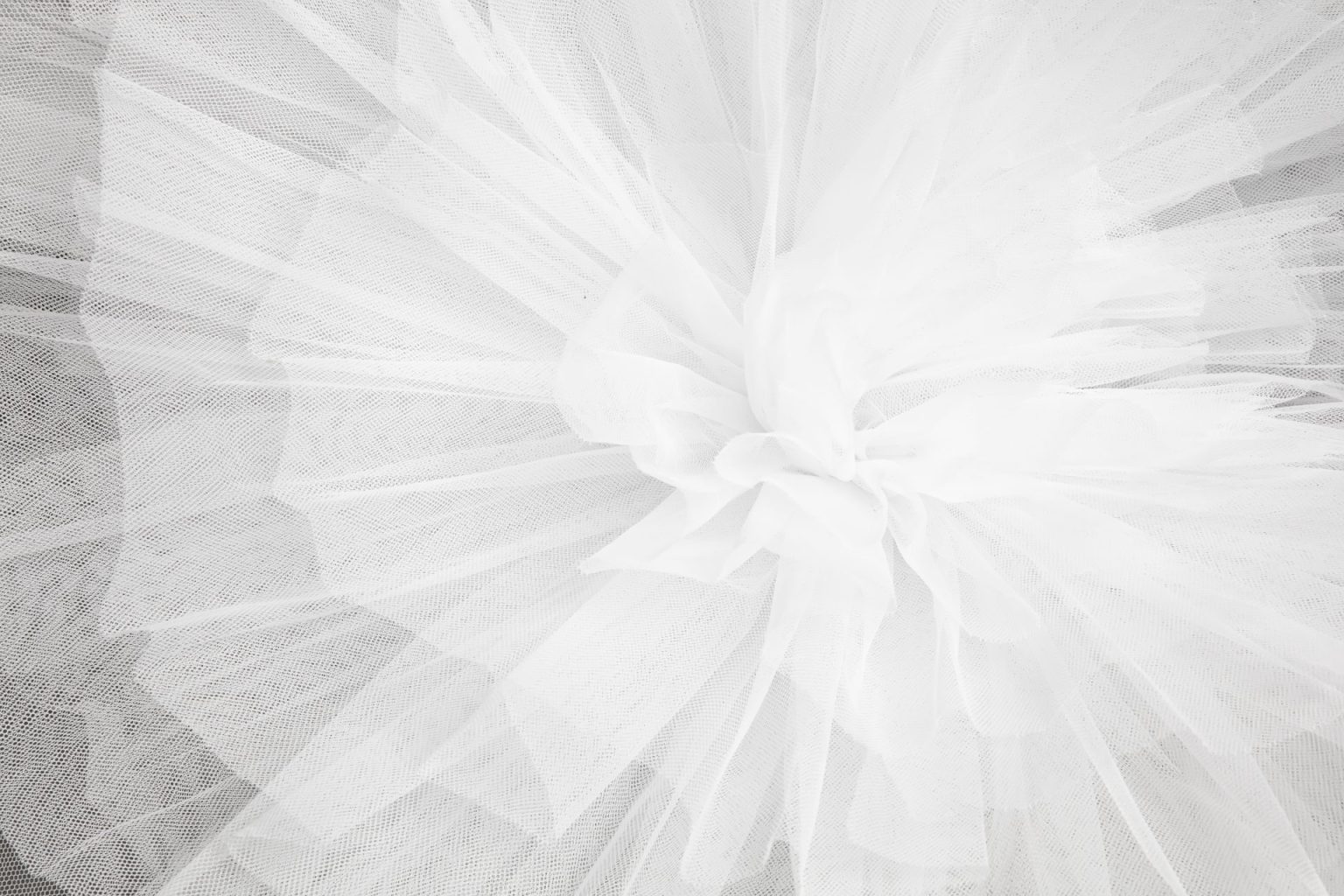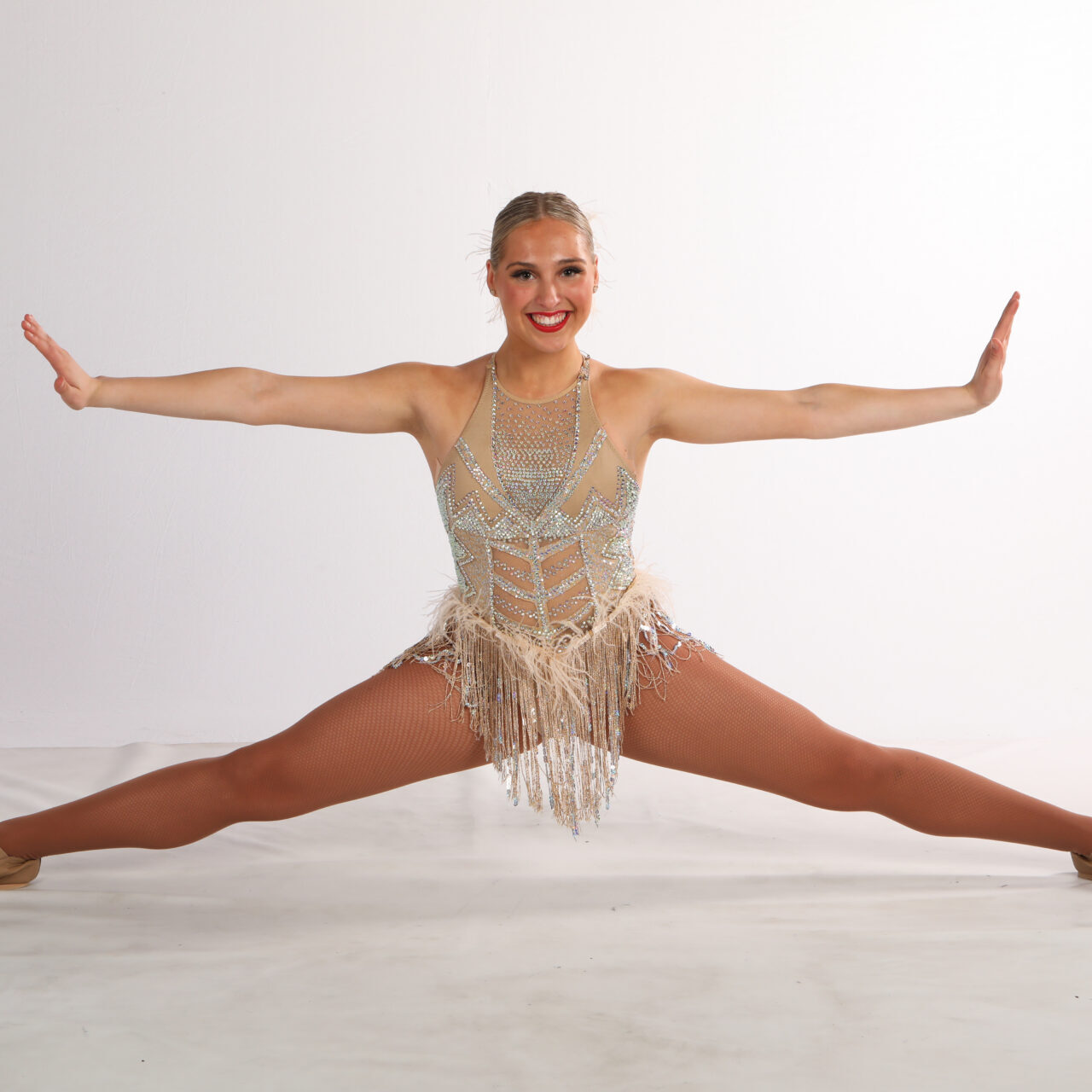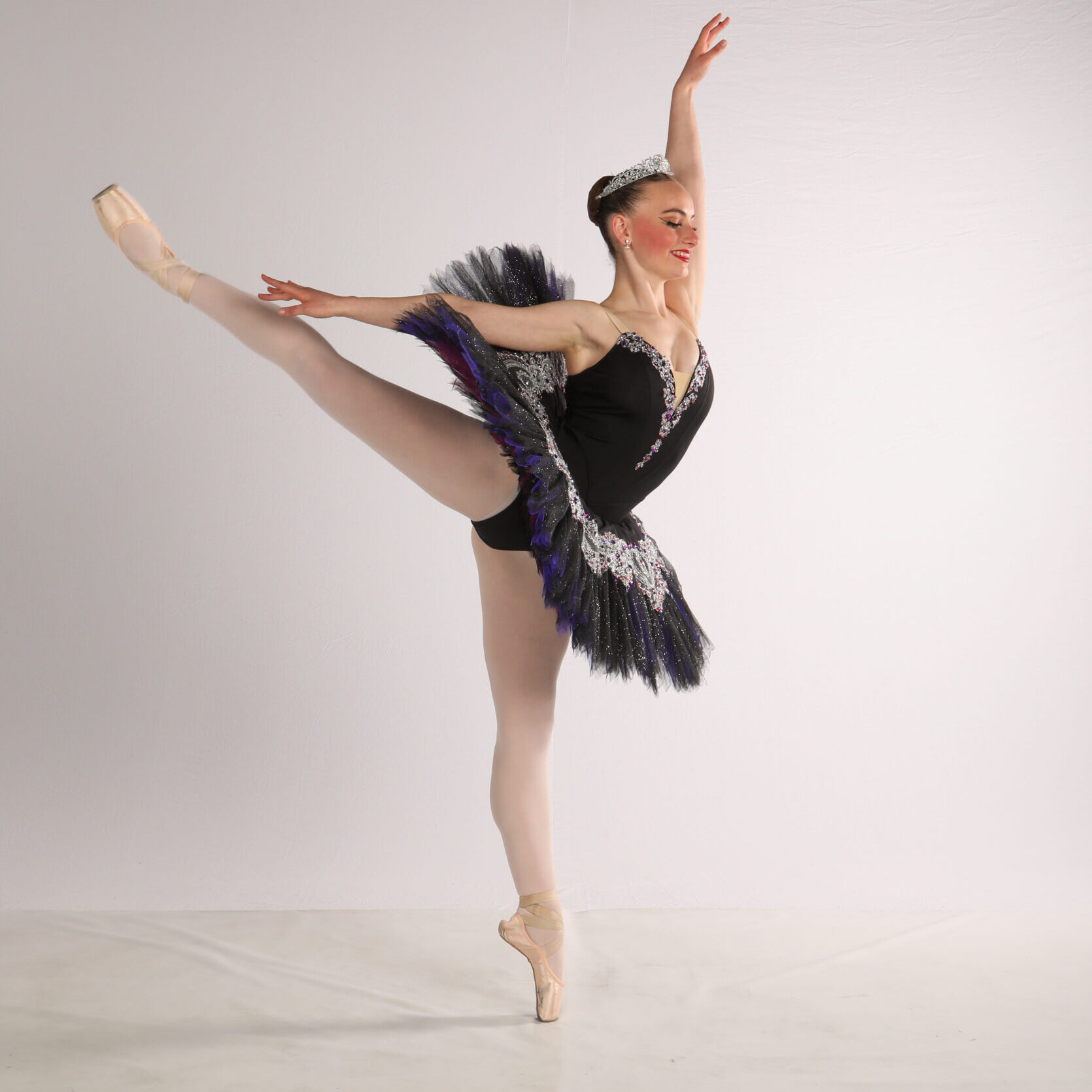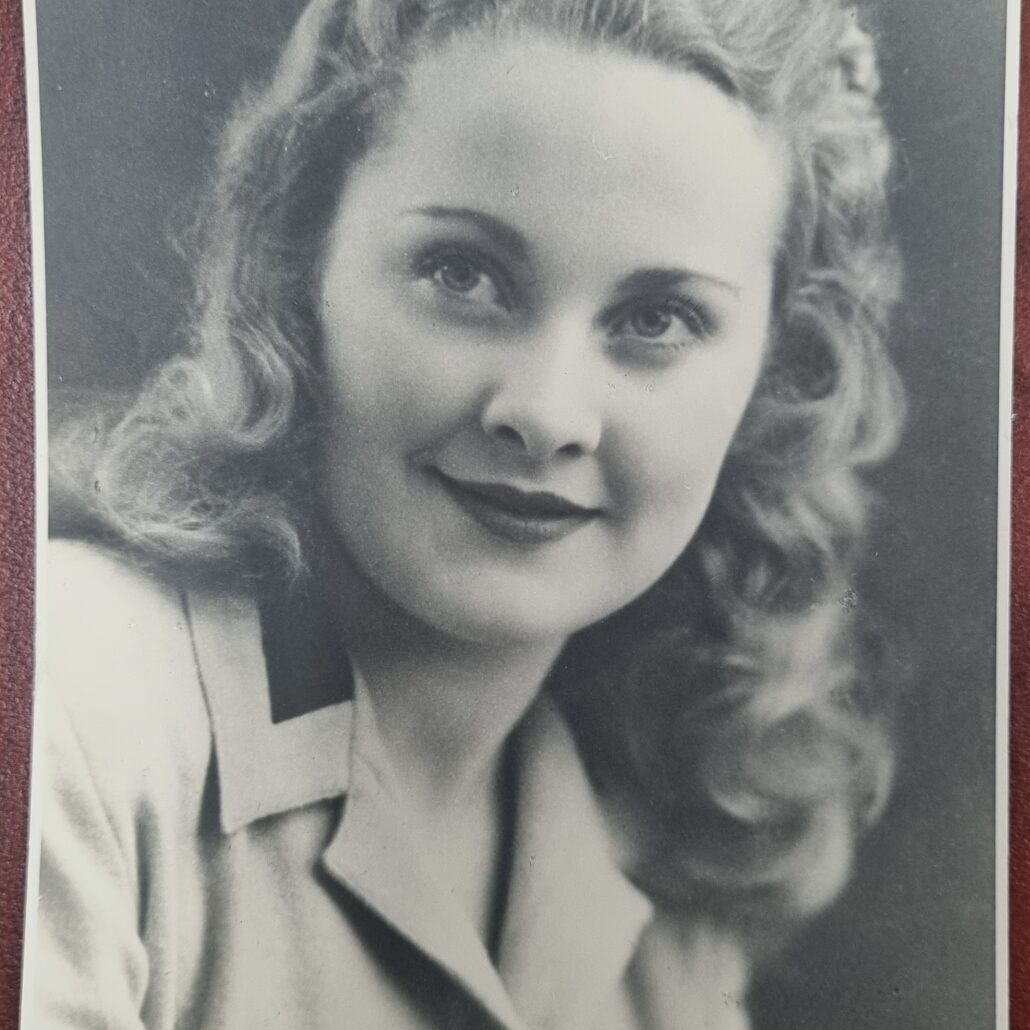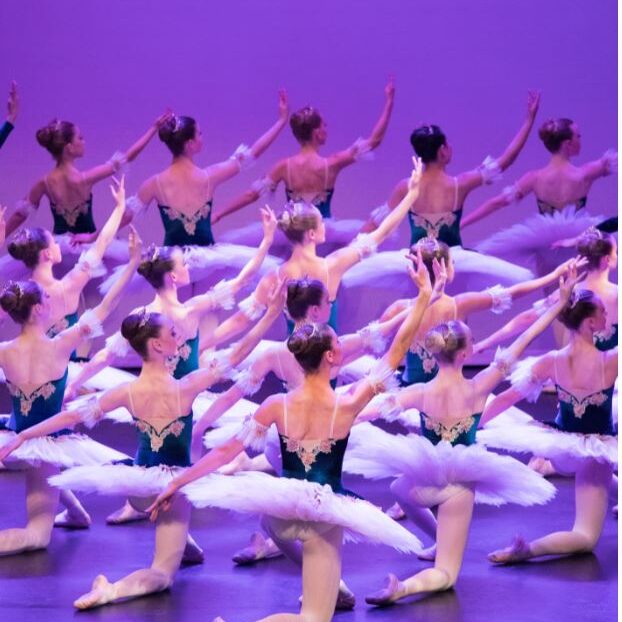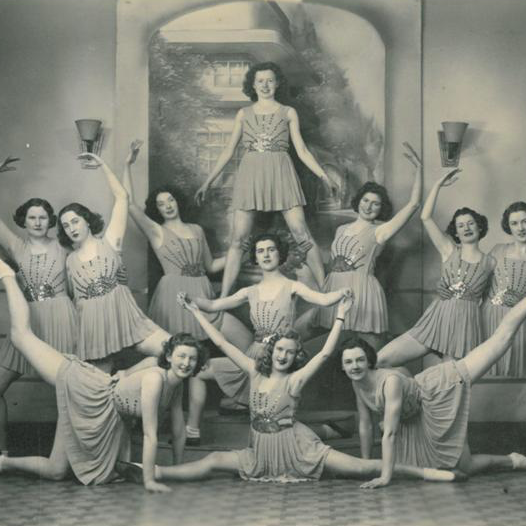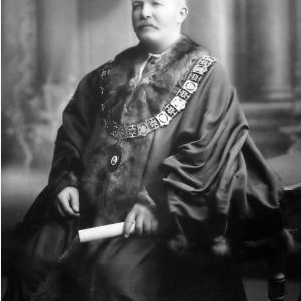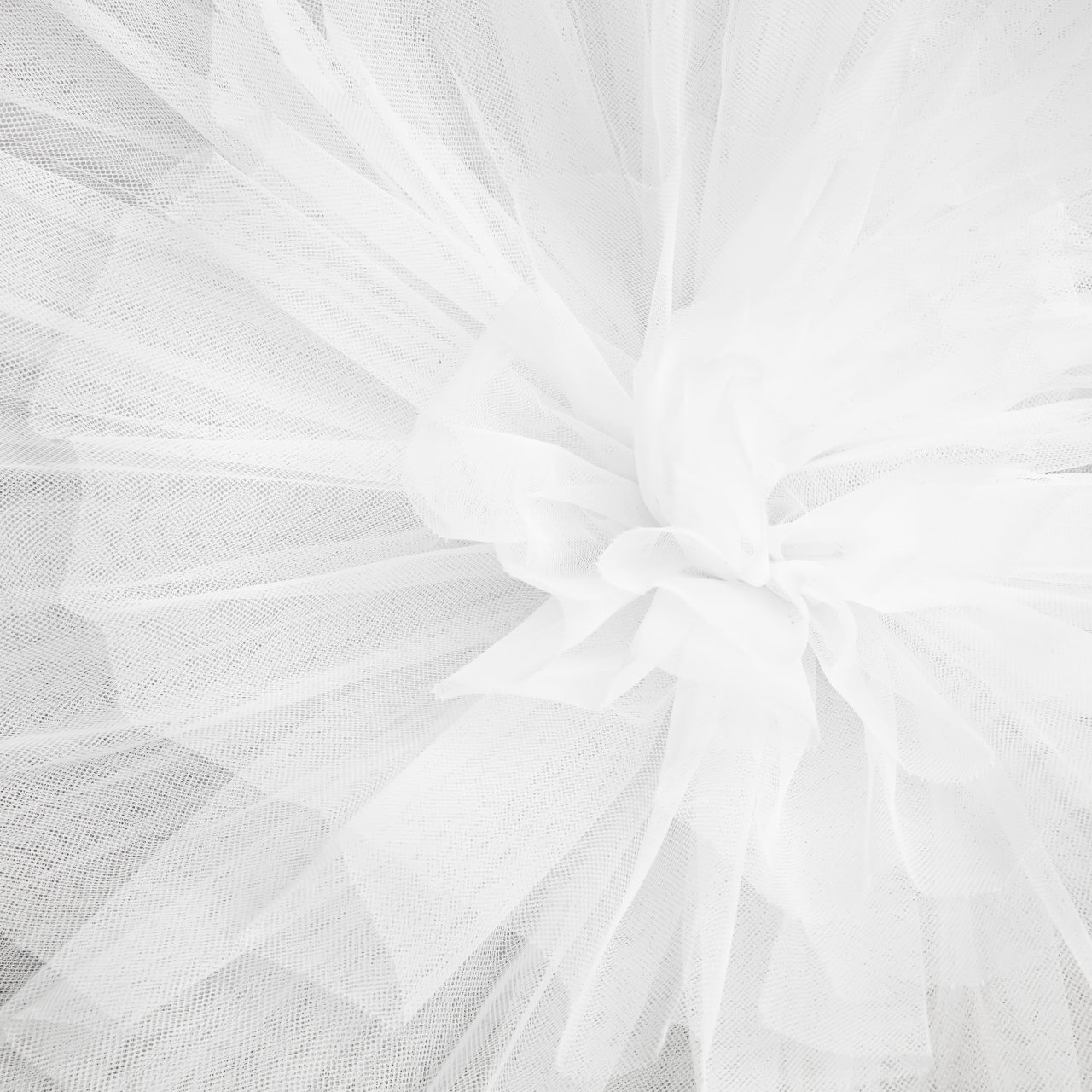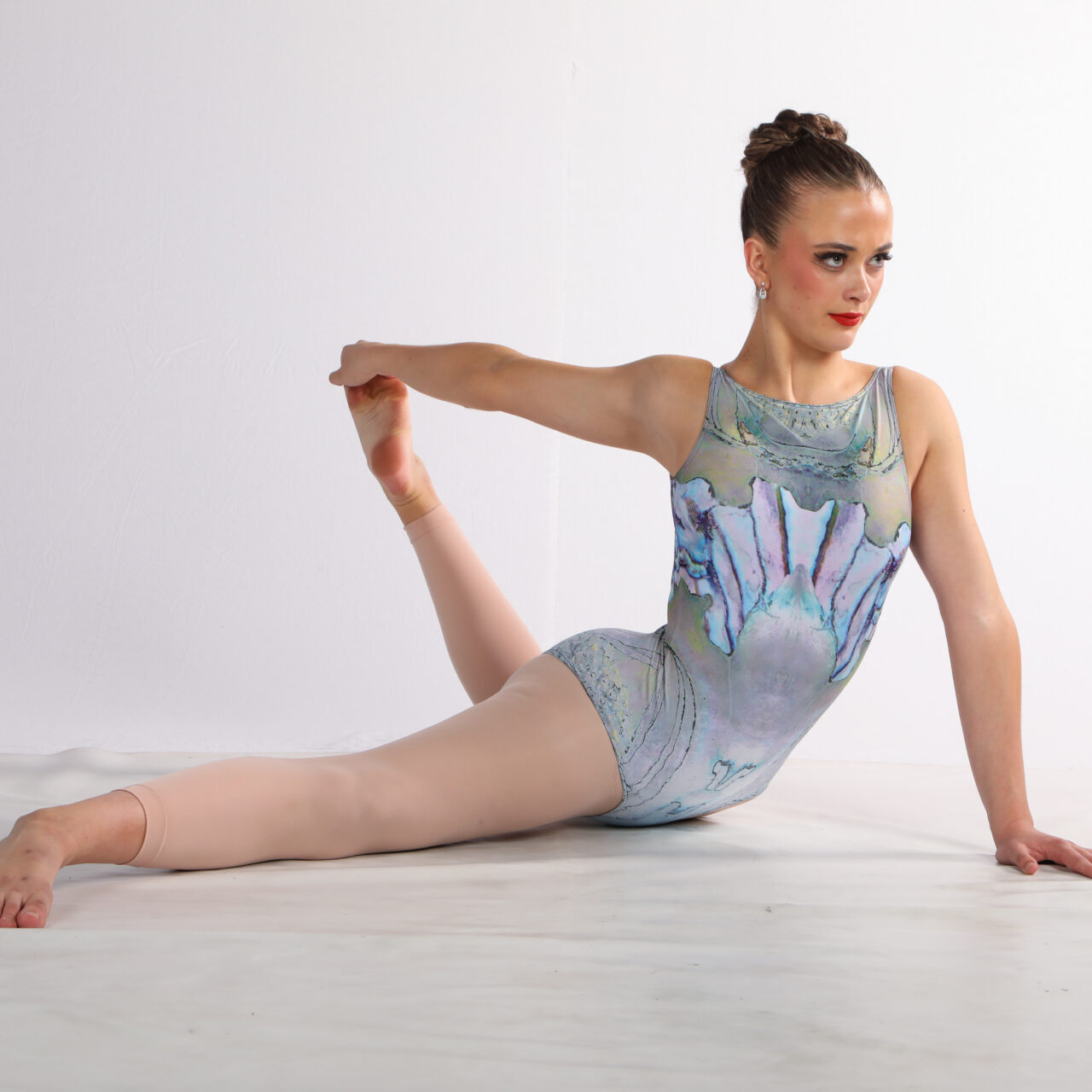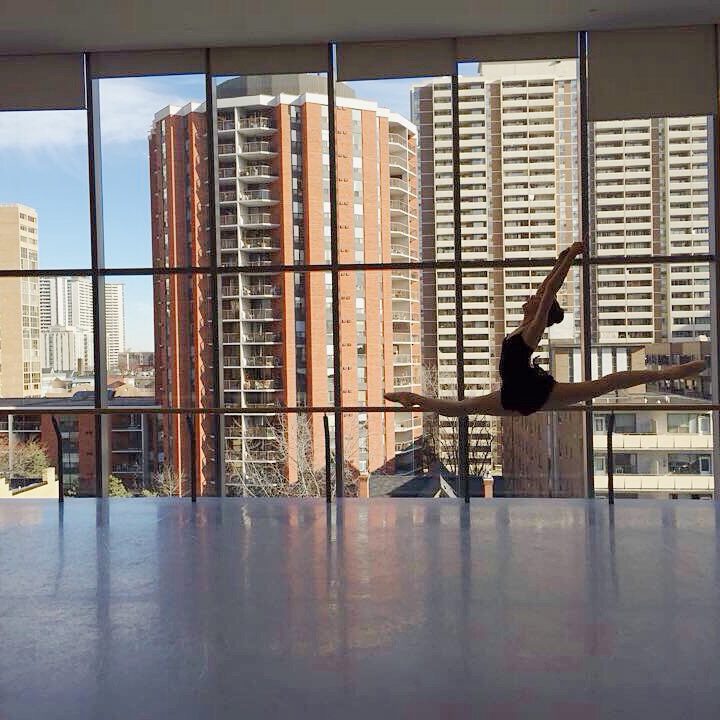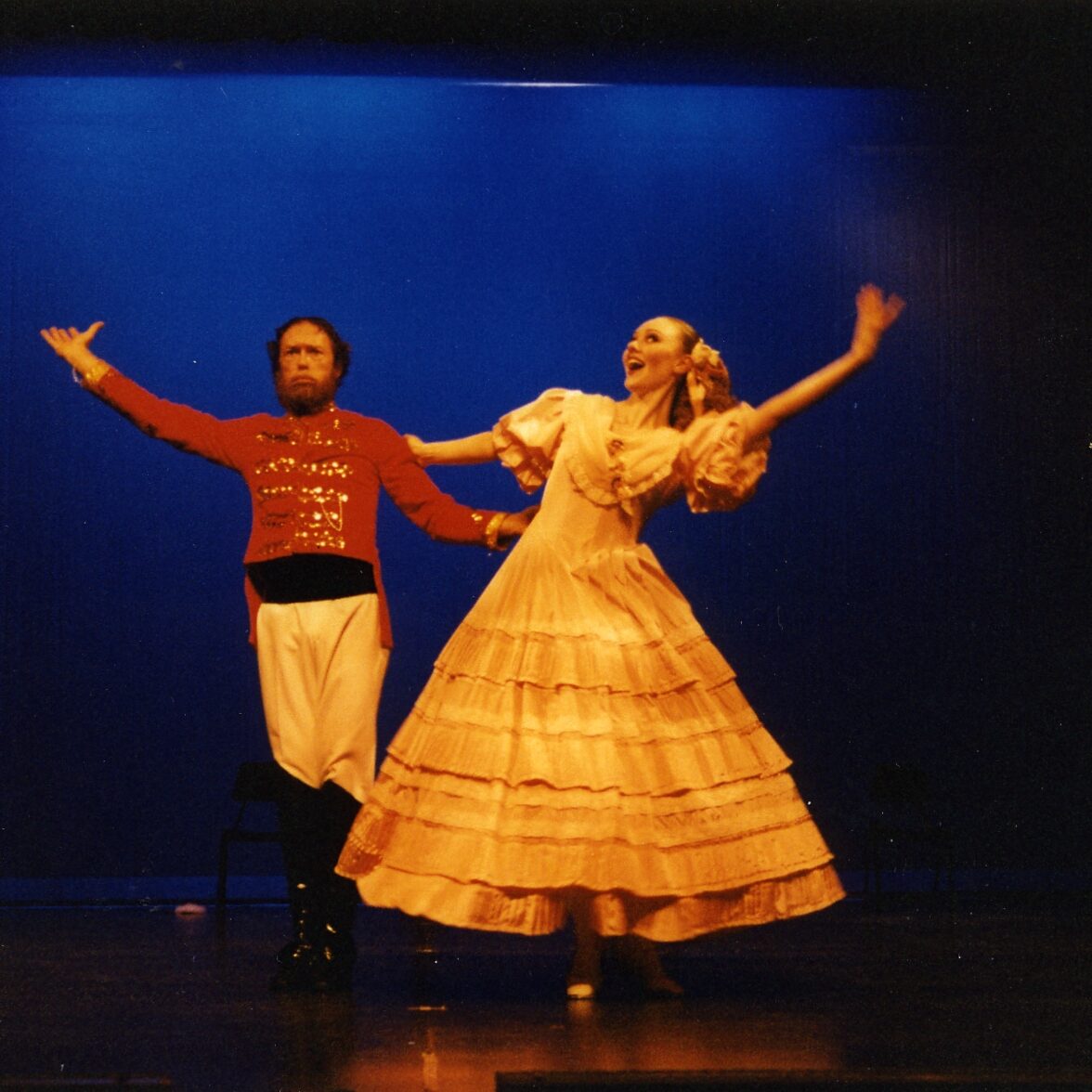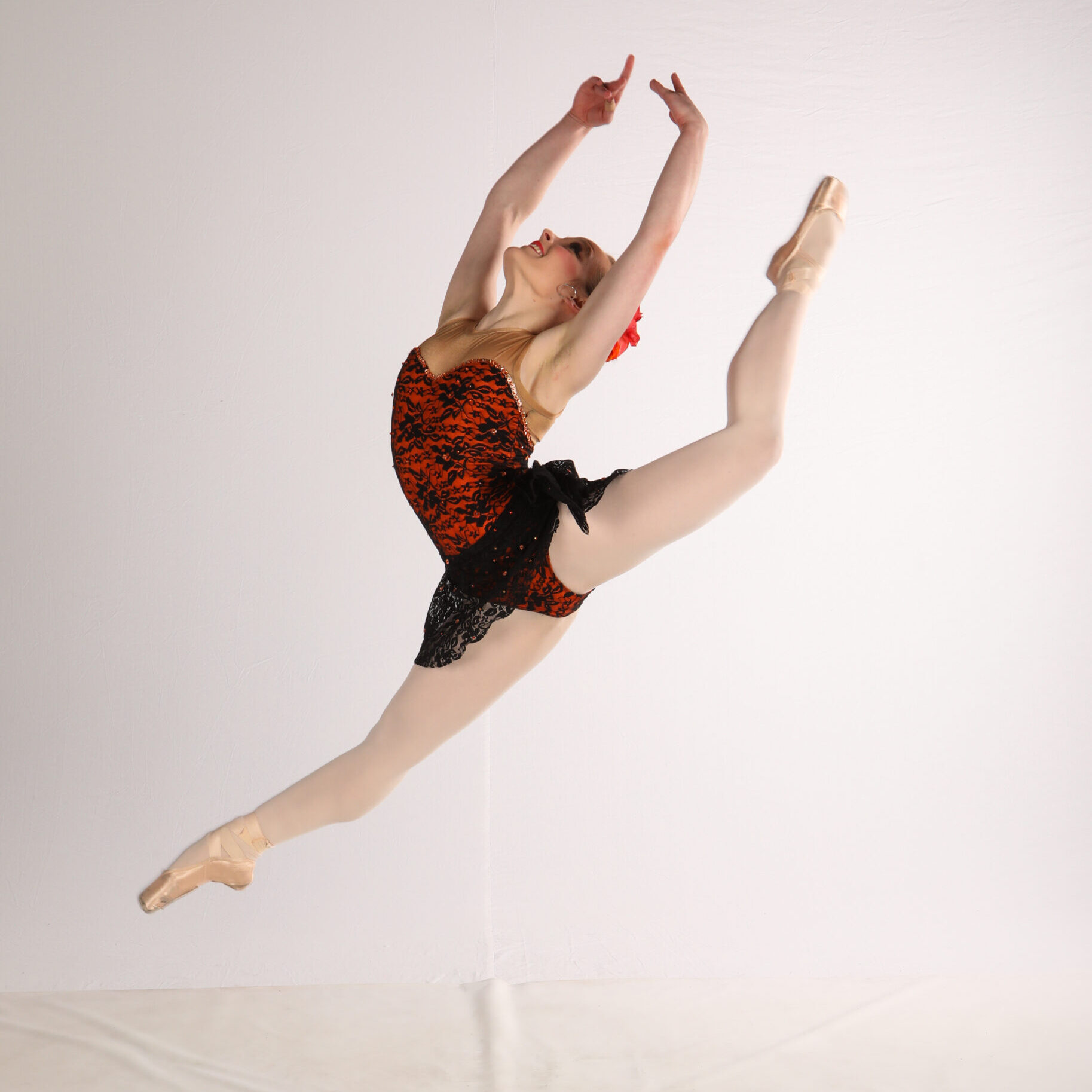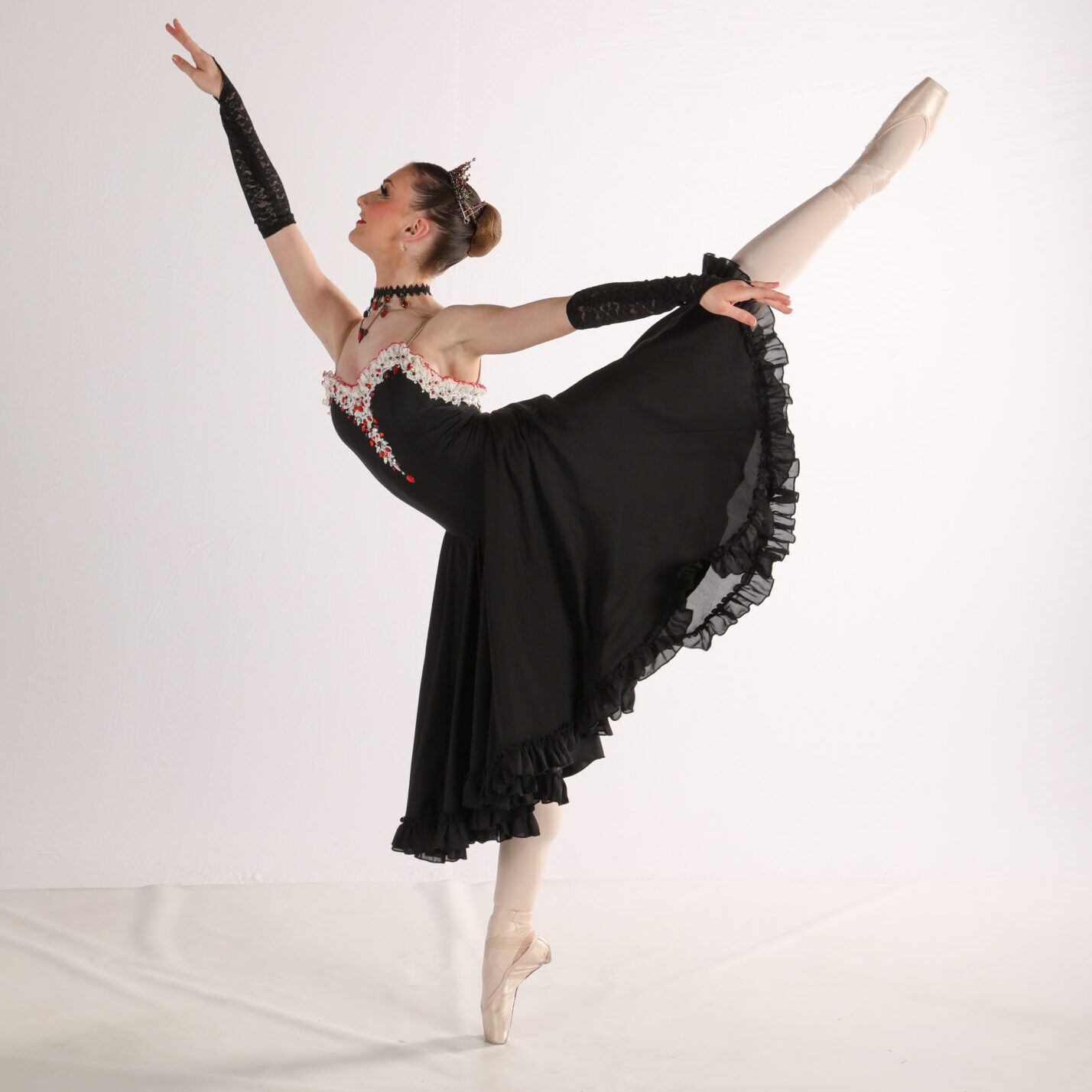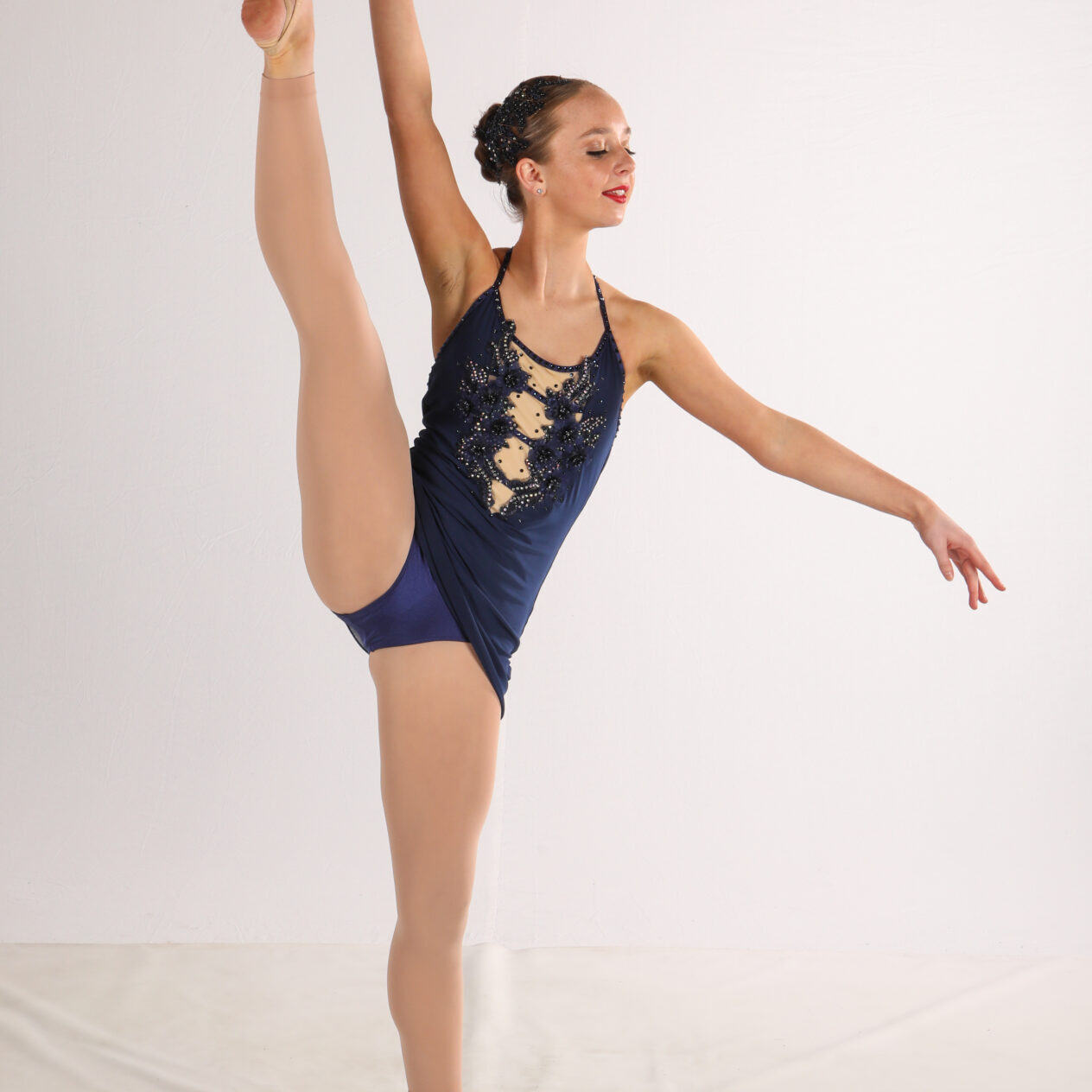Why do Ballerina’s wear a tutu?
A. M. Cole 1997
This is a common question at the competitions. So out of respect and understanding, I thought the curious amongst us might like to know why ballet dancers wear tutus:
(a) So the dancers cannot see their legs, which makes their technical work very difficult, a kind of “self inflicted degree of impossibility.”
(b) The Historical reason for tutus.
Ballet began or really developed over many centuries from an amalgam of quality dancing methods throughout Europe. It’s principal roots lay in “Court Dancing”, an elite exclusive form of dance presented in the castles of the kings for the entertainment of the nobility. It was not seen by commoners, it had no message or purpose, and during the middle ages the style was unique to each kingdom.
During the 1500’s, books had been prepared describing the techniques of specialised court dancing. In 1581 the first demi-character ballet (”Ballet Comique de la Reine Louise”) was presented in the Louvre (France) and revolutionised “ballet” – because it had a real story and real quality. Subsequently King Louie 14th established the “Royal Academy of Dance” in Paris in 1661, and from this centre emerged the theatrical ballet as we know it today. The RAD evolved into the Paris Opera with a permanent dance school in 1713, and became the centre for excellence for all European ballet.
Dance dresses then were elegant and long, showing an occasional ankle. In 1730, Marie Camargo raised the hem of her dress and showed the world the delicate intricacies of her leg work (amongst other things) and ballet was never the same again. Display of legwork became more important, dresses shortened, and the style of ballet took two paths.
One path was an ethereal beautiful god-like artistic ballet, of which Marie Taglioni was famous. About 1832 Marie danced magically in Pointes, pointes had been used before but never like this. The ballet world went wild, and people rioted to see her perform!
The other path was a dramatic, provocative, earthy, sensuous, powerful ballet, for which Fanny Elssler was famous. Through the 1830’s Fanny took Europe and America by storm, again leaving riots in her wake and an indelible mark on the world of ballet.
There were many other very famous dancers of the 1700’s and 1800’s, and they all served to make ballet extremely popular to ordinary people. In the traditional theatres, the ordinary citizens (the mob) stood in “the pit”, (now called the stalls), but below stage level. The “elite” sat in the balconies and looked down.
Knickers as we know them today, were not invented until late 1800’s. With short dresses and powerful legwork, the mob in the pits tended to see more, whilst the genteel folk upstairs did not. In order to disguise the under-dress area, the costume makers designed a multi-layered drooping dress with frills that were joined across the bottom. The pit mob called this area of anatomy the “tutu”, and over time the special dress took on the commoners name for the area it was meant to cover. That is the origin of the tutu!
Now days you will occasionally see the remnants of the true tutu dress, – in the form of frills or ruffles carried right down to the bottom of the leotard that dancers wear, or perhaps a short soft bell shaped drooping multi-layered dress. Most tutu’s now have degenerated or evolved (depending on your historical perspective) into a disc of several frilly layers that sticks out horizontally from the dancer’s hips, and has nothing to do with the original reason for which it was designed.
It has become a status symbol and a garment of intense theatrical adornment. That is not the end of the story, for the tutu had a sad side to it’s development. The tutu was and still is made of layers of light or netlike highly flammable material. In the 1800’s and early 1900’s the theatres were lit by amongst other things, gas flame footlights. Yes, dancers who flitted too close to the adoring crowd did catch fire. The worst recorded case, Paris 1847, a rising young star and darling of Parisiennes, went up in flames. She was nursed and bandaged and lived in agony for 11 months before she died. Thereafter there was always a man side stage armed with wet blanket and bucket.
With the arrival of electric light that danger passed and we tend to forget. However if you think we are a bit fussy with safety and fire prevention, remember our dancers and cal gals are encased in synthetic material with frills like tinder, and are still as vulnerable as those girls 150 years ago.
